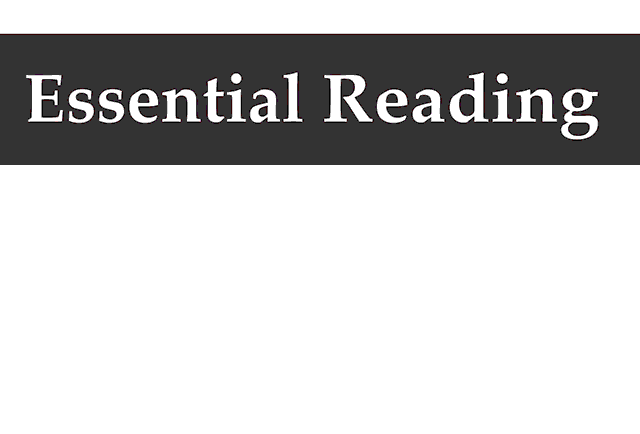 By Paul Deegan
By Paul Deegan
October 4th, 2025
BURLINGTON, ON
This National Newspaper Week, as we face the rise of fake news amplified by algorithms that prioritize engagement, it is in everyone’s interest to protect the truth.
 In their 2018 book Truth Decay, Jennifer Kavanagh and Michael D. Rich of the RAND Corporation, wrote about the role news publishers and broadcasters play in mediating information – separating fact from fiction. They differentiate between these businesses and Big Tech platforms, arguing that because the former can be sued for defamation and hold themselves to journalistic standards, they remain accountable.
In their 2018 book Truth Decay, Jennifer Kavanagh and Michael D. Rich of the RAND Corporation, wrote about the role news publishers and broadcasters play in mediating information – separating fact from fiction. They differentiate between these businesses and Big Tech platforms, arguing that because the former can be sued for defamation and hold themselves to journalistic standards, they remain accountable.
According to Kavanagh and Rich, “the filters and algorithms embedded in social media platforms and search engines, such as Google, contribute to Truth Decay — and particularly to increasing disagreement and the blurring of the distinction between opinion and fact — by inserting bias into the types of information a person is likely to encounter or engage with.”

Generative artificial intelligence has compounded the problem.
In the seven years since their book was published, generative artificial intelligence has compounded the problem. AI companies are flagrantly scraping and summarizing content directly from published news articles. This is theft on an industrial scale – plain and simple.
Publishers are being harmed because these artificial intelligence overviews are so detailed that the reader often stays within Big Tech’s walled garden, rather than being pointed electronically to news websites via links. No clicks mean no money for publishers to reinvest in fact-based, fact-checked journalism.
Readers are being harmed too. All too often, these artificial intelligence overviews serve up slop: inaccurate, irrelevant, out-of-date, and even harmful information. In today’s attention economy, these companies prioritize engagement. That leaves it up to the user to try to separate fact from fiction.
In a world of misinformation and disinformation, we need fact-based, fact-checked journalism. Crowdsourcing is not journalism. There are no alternative facts: there are just facts. And Canadians need facts to live their lives and to make informed decisions that empower them to participate effectively in democratic processes.

Federal government advertisement.
“Buy Canadian” is part of the solution. According to a recent report from Canadian Media Means Business, 92 per cent of digital ad dollars are now going to non-Canadian platforms, which puts the sustainability of Canadian media in jeopardy. Governments across Canada should not be spending their advertising dollars with foreign search and social media giants. They should walk the talk and “Buy Canadian”. They should follow the Government of Ontario’s lead and set aside a minimum of 25 per cent of their advertising budgets for trusted news brands. And that should be one of the planks in the Government of Canada’s new Buy Canadian Policy, which seeks to ensure our economy is resilient and self-reliant.
Beyond ensuring federal advertising is placed in a brand safe manner and without any additional cost to the taxpayer, a federal set-aside would send an important signal to other orders of government and to the private sector about protecting Canada’s digital sovereignty and sustaining independent, commercially viable public interest journalism.
More than 85 per cent of adults in Canada turn to newspaper content each week, and two-thirds trust that content – ahead of television, radio, magazines, social media, and online search.
Editor’s note: That statement is not completely true. Older people used to getting a newspaper delivered to the doorstep are still reading newspapers. The people under 35 – not so much.
Paul Deegan is president and chief executive officer of News Media Canada







Leave a Reply